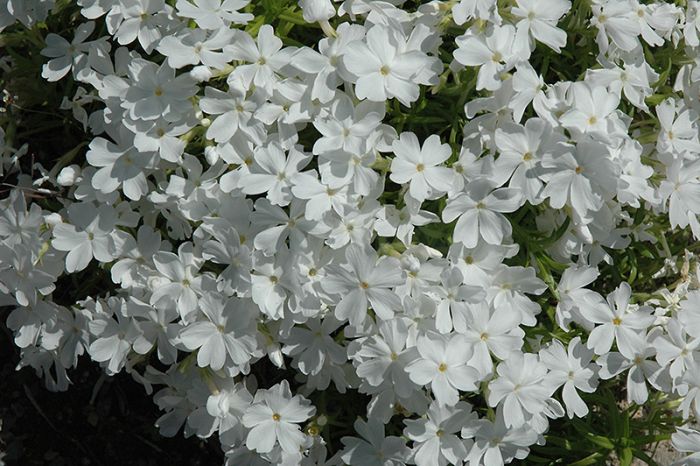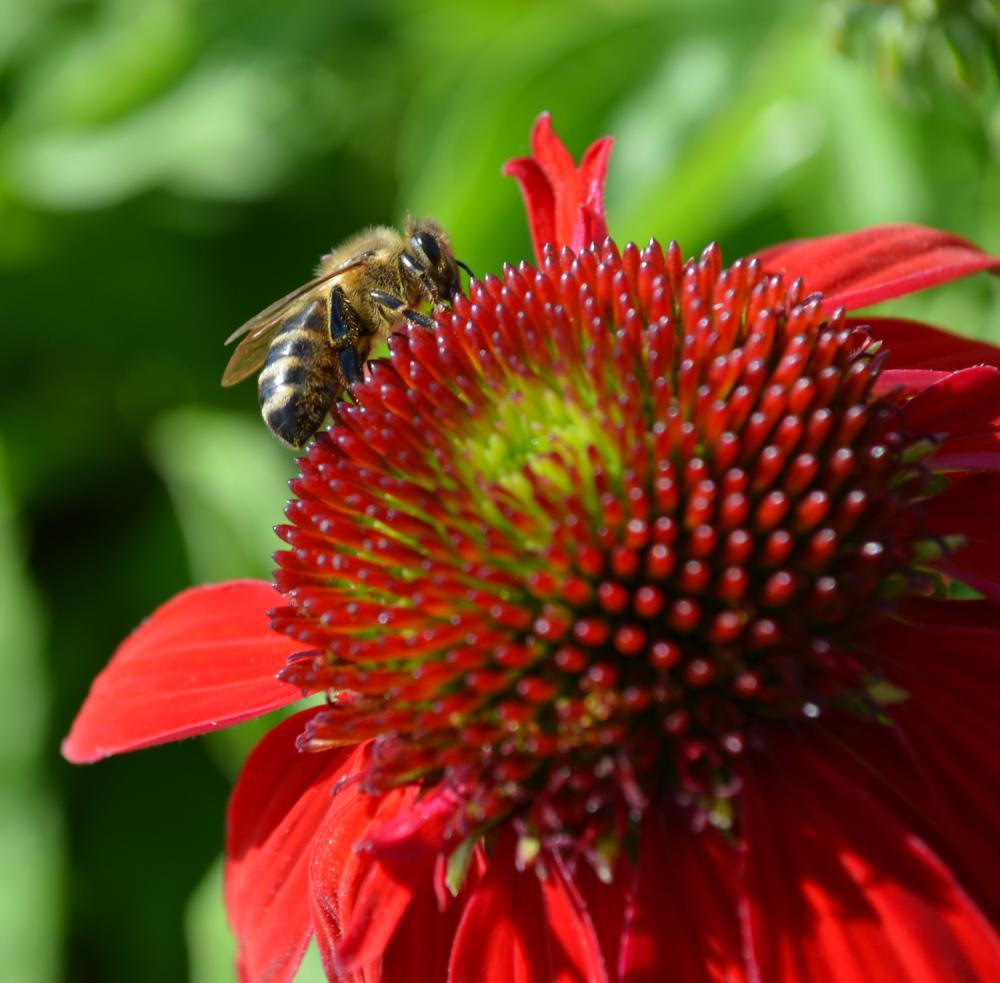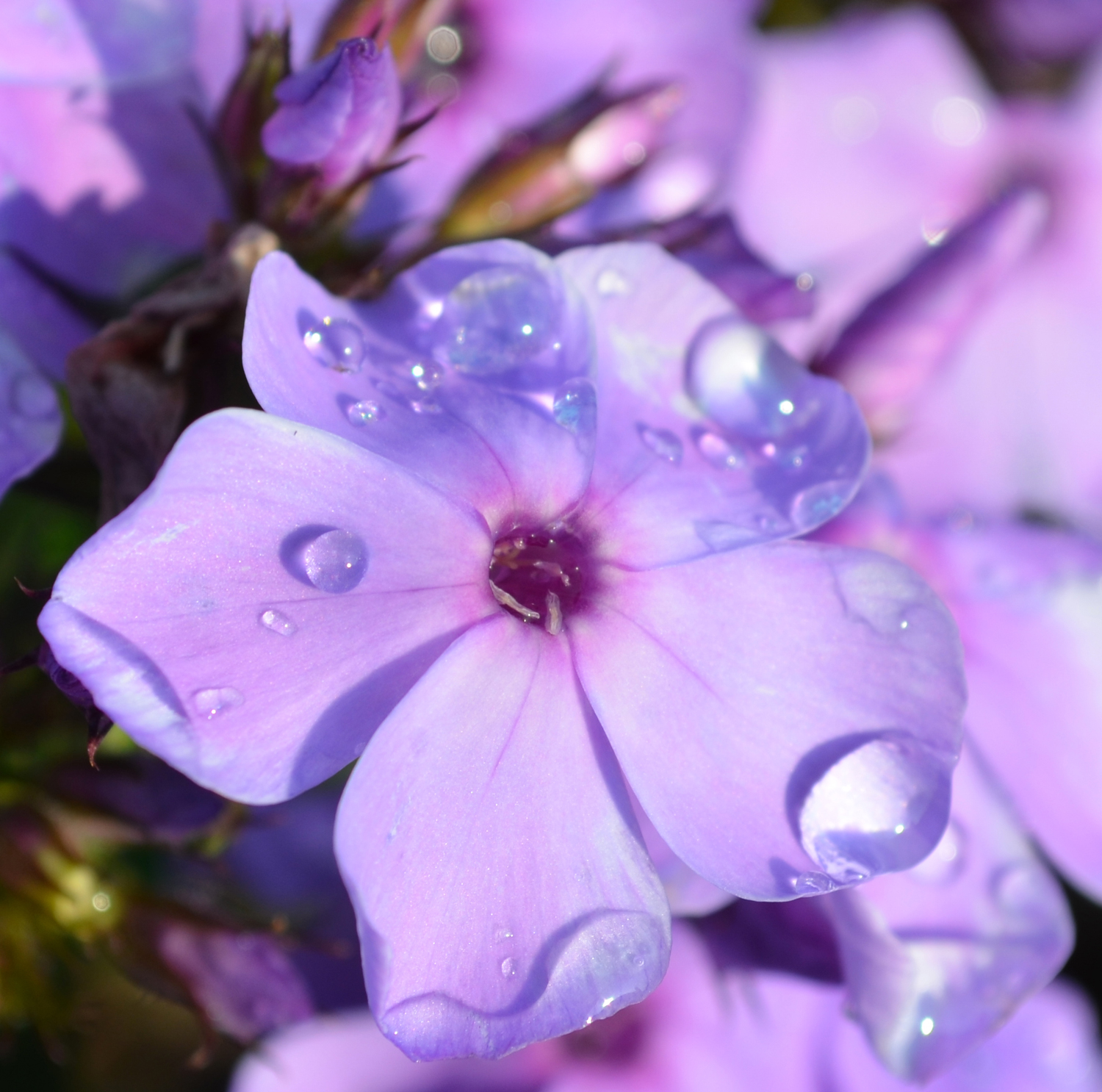Phlox, Creeping 'White Delight'



- Sun Preference
- Full-Sun, Part-Sun
- Bloom or Harvest Time
- April, May
Description
Low growing mat of evergreen foliage with pure white flowers; perfect for edging; rock garden or slopes
Minnesota's largest Selection of Perennials
Discover an unparalleled selection of perennials at Gertens! With the largest variety in Minnesota, we offer endless options of colorful perennials, natives, and pollinator plants to beautify your garden year after year. From vibrant flowers to lush foliage, our perennials are perfect for adding beauty and charm to your outdoor space. Visit Gertens today and see why we're known as Minnesota's Destination Garden Center!
Details
Height: 6 inches
Spacing: 15 inches
Sunlight: ![]()
![]()
Hardiness Zone: 2a
Other Names: Moss Phlox
Description:
Low growing mat of evergreen foliage with pure white flowers; perfect for edging; rock garden or slopes
Ornamental Features
White Delight Creeping Phlox is smothered in stunning white star-shaped flowers at the ends of the stems from early to late spring. Its tiny needle-like leaves remain green in color throughout the year. The fruit is not ornamentally significant.
Landscape Attributes
White Delight Creeping Phlox is a dense herbaceous evergreen perennial with a ground-hugging habit of growth. It brings an extremely fine and delicate texture to the garden composition and should be used to full effect.
This plant will require occasional maintenance and upkeep, and should only be pruned after flowering to avoid removing any of the current season's flowers. Deer don't particularly care for this plant and will usually leave it alone in favor of tastier treats. Gardeners should be aware of the following characteristic(s) that may warrant special consideration;
- Spreading
White Delight Creeping Phlox is recommended for the following landscape applications;
- Mass Planting
- Rock/Alpine Gardens
- Border Edging
- General Garden Use
- Groundcover
Planting & Growing
White Delight Creeping Phlox will grow to be only 6 inches tall at maturity, with a spread of 20 inches. When grown in masses or used as a bedding plant, individual plants should be spaced approximately 15 inches apart. Its foliage tends to remain low and dense right to the ground. It grows at a medium rate, and under ideal conditions can be expected to live for approximately 10 years.
This plant does best in full sun to partial shade. It prefers dry to average moisture levels with very well-drained soil, and will often die in standing water. It is not particular as to soil type, but has a definite preference for alkaline soils. It is highly tolerant of urban pollution and will even thrive in inner city environments. Consider covering it with a thick layer of mulch in winter to protect it in exposed locations or colder microclimates. This is a selection of a native North American species. It can be propagated by division; however, as a cultivated variety, be aware that it may be subject to certain restrictions or prohibitions on propagation.
More Information
| Bloom or Harvest Time | April, May |
|---|---|
| Sun Preference | Full-Sun, Part-Sun |
| USDA Hardiness Zone | 2, 3, 4, 5, 6, 7, 8 |
| Common Family Name | Creeping Phlox |
| Mature Spread (Range) | 12" - 24" |
| Mature Height (Range) | 7-12" |


